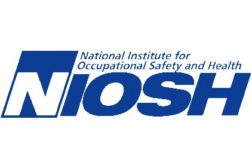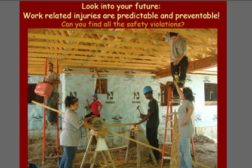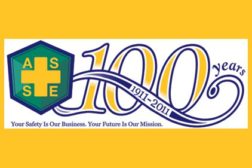Home » health
Articles Tagged with ''health''
ASSE issues call for action
Come down from "plateau of acceptance," urges Norris
January 5, 2012
EPA urges homeowners to act during National Radon Month
21,000 Americans die from radon related lung cancer each year
January 4, 2012
Never miss the latest news and trends driving the safety industry
eNewsletter | Website | eMagazine
JOIN TODAYCopyright ©2024. All Rights Reserved BNP Media.
Design, CMS, Hosting & Web Development :: ePublishing







